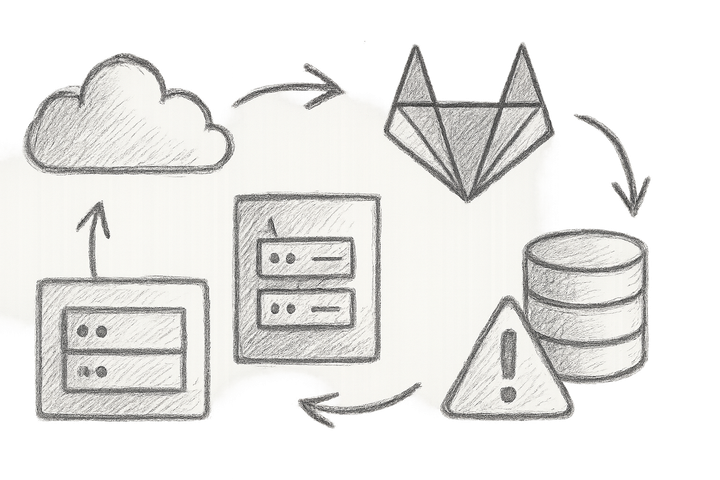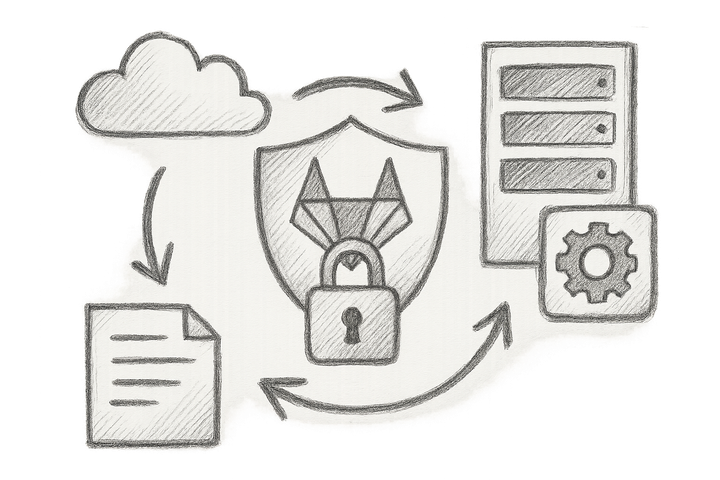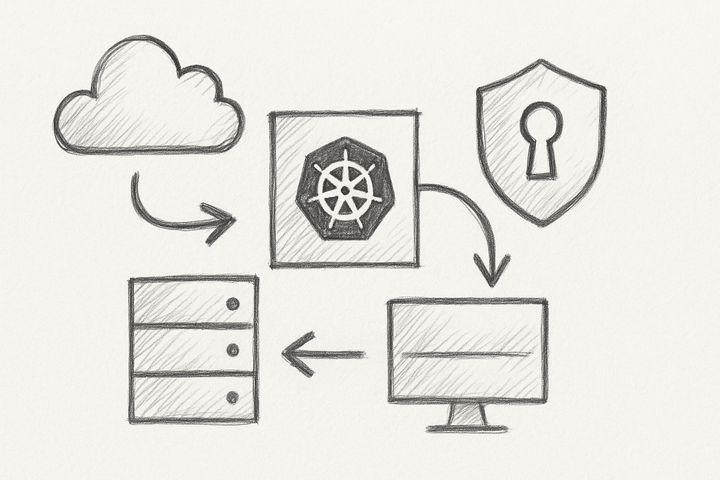Container and Dependency Vulnerability Scanning:
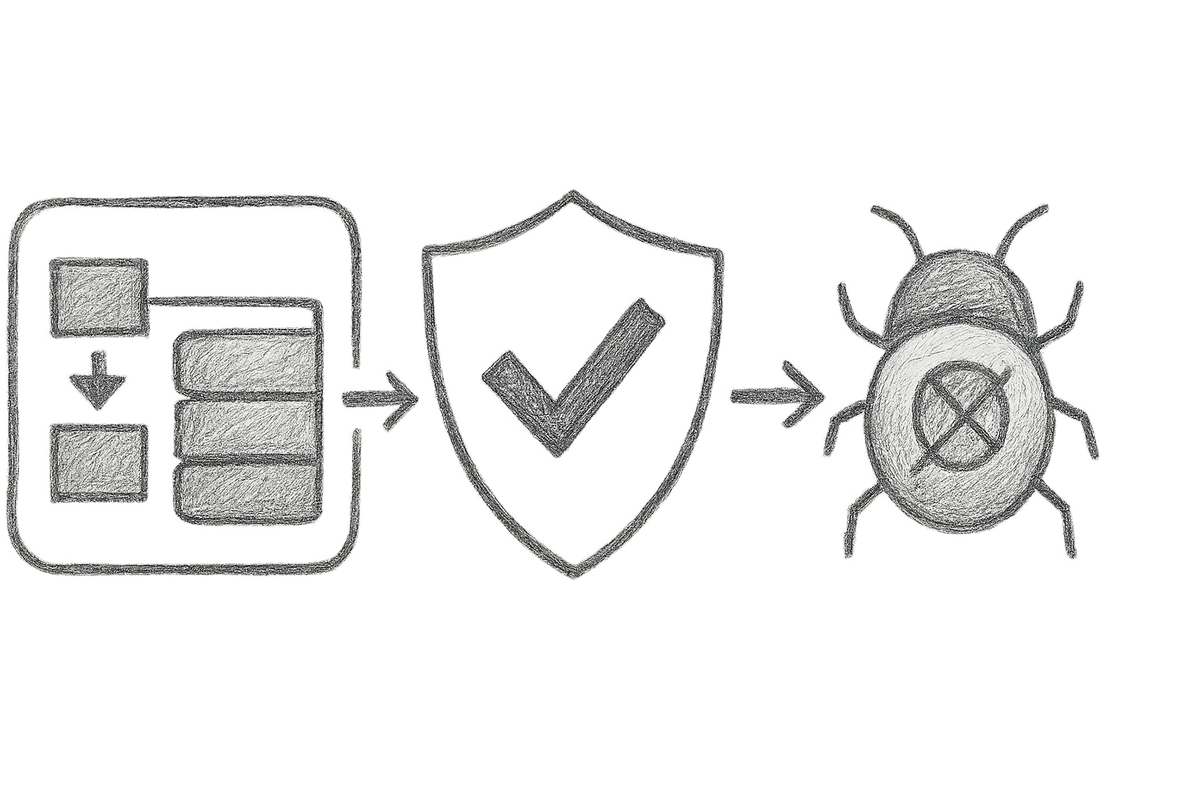
A Battle-Tested Comparison of Trivy, OSV-Scanner, and w3af for Production-Grade DevOps
Opening
What if your vulnerability scanner is crying wolf—or worse, whispering silence while hackers prowl? A recent production incident with Trivy flagged critical vulnerabilities in an etcd image that turned out to be phantom threats, dragging hours of pointless troubleshooting. Meanwhile, OSV-Scanner users risk missing essential OS package weaknesses entirely, and w3af devotees endure scans so slow they might as well be sending smoke signals. Thought you could rely on just one tool? Think again.
1. Introduction: The Real Cost of Poor Vulnerability Scanning in CI/CD Pipelines
I’ve lost count of sleepless nights wrestling with scanners that either flood us with ghost alerts or blissfully ignore glaring holes. DevOps velocity demands quick, accurate scanning, but the tool ecosystem often feels like a minefield of mismatched promises. Missed vulnerabilities spark incident blazes that grind releases to a halt and erode stakeholder trust, while bloated false positives cause alert fatigue that’s as lethal as any exploit. Here, I cut through the fluff with a hard-hitting face-off of three popular scanners—Trivy, OSV-Scanner, and w3af—each a specialist in its own right but frequently misunderstood or misapplied.
2. Understanding Vulnerability Scanning Landscape: Containers, Dependencies, and Web Apps
Vulnerability scanning isn’t a one-size-fits-all game. Containers, dependencies, and web applications pose different attack surfaces that demand tailored approaches. Containers bundle OS packages and multiple layers alongside app code; dependencies weave complex, language-specific CVE histories; web apps play host to notoriously elusive injection and authentication flaws. Leaning on a tool tuned to just one domain while ignoring others sets you up for catastrophic blind spots and expensive firefighting. The savvy DevOps warrior employs a layered toolkit strategy to balance thorough coverage with pipeline efficiency. For a wider lens on scanning options, check Modern Vulnerability Scanning Solutions Uncovered: Nuclei vs OpenVAS Enterprise Battle-Tested Comparison for DevOps Teams.
3. Tool Deep Dive: Trivy – Container and Filesystem Scanning Prowess with IaC Misconfiguration Detection
Trivy is my Swiss army knife for container and filesystem scanning. It covers container images, filesystem directories, Git repos, and Infrastructure as Code (IaC) configurations (think Terraform, Kubernetes manifests) for misconfigurations. It detects OS package vulnerabilities across numerous platforms and language-specific dependency issues, all with a speed that’s warmly embraced by CI pipelines.
Installation & Usage Example:
# Install Trivy (Linux/macOS)
# Security Note: Installing via remote script piped to shell carries risk. Ensure source trustworthiness.
curl -sfL https://raw.githubusercontent.com/aquasecurity/trivy/main/contrib/install.sh | sh -s -- -b /usr/local/bin
# Scan a Docker image
trivy image alpine:3.17
# Expected: Lists CVE IDs with severity ratings—watch for occasional false positives.
# Scan Terraform IaC directory
trivy config /path/to/terraform/
Error Handling & Pitfalls:
Here’s the kicker: in a recent run, Trivy flagged critical vulnerabilities in an etcd 3.4.38 image that simply weren’t there—a classic false positive documented in this GitHub issue. Running in verbose/debug mode (trivy --debug) can help sanity-check these alarms. Oh, and if you think Trivy will root out every nested dependency flaw—think again. Its dependency scanning depth can be somewhat shallow, so relying on it solo for deep ecosystem insight is courting disaster.
Strengths: fast scans, broad coverage (containers + IaC), easy CLI and Kubernetes admission controller integration.
Limitations: occasional false positives, more superficial dependency scanning compared to dedicated tools.
4. Tool Deep Dive: OSV-Scanner – Google-Backed Deep Dependency Vulnerability Scanning Across 20+ Ecosystems
If your dependency graph feels like an intractable Gordian knot, OSV-Scanner is your sword. Powered by Google’s Open Source Vulnerability (OSV) database, it dives deep into over 20 language ecosystems (npm, Maven, Go modules, PyPI, etc.) pinpointing CVEs with precision and showing you affected versions and fix commits.
Installation & Usage Example:
# Install OSV-Scanner
go install github.com/google/osv-scanner/cmd/osv-scanner@latest
# Scan a Python requirements file
osv-scanner -manifest requirements.txt
# Scan multiple manifests in a repo
osv-scanner -path /path/to/repo/
Error Handling & Tips:
Beware: OSV-Scanner doesn’t scan OS packages inside containers or look for web app vulnerabilities. Pair it with tools like Trivy to fill those gaps. Its treasure trove of metadata is only as useful as your team’s ecosystem savvy. Misinterpret those fix commits and you might patch the wrong thing—been there, burnt that.
Strengths: superb accuracy, vast ecosystem coverage, rich vulnerability context with fix details.
Limitations: no container OS package or IaC scanning, no web app assessments.
5. Tool Deep Dive: w3af – Web Application Attack and Audit Framework Tuned for Exploit Detection
Want to get your hands dirty with active assessments of web apps? w3af is a veteran open-source framework designed to sniff out SQL Injection, Cross-Site Scripting, CSRF, file inclusions, and more, using a flexible plugin architecture.
Installation & Usage Example:
# Install w3af (Ubuntu)
sudo apt install w3af
# Run CLI scan against a test web app
w3af_console
>> target set target http://testwebapp.local
>> start
Error Handling & Integration:
Here’s the ‘wait, what?’ moment: w3af scans can drag on for hours, not ideal for your slick CI pipeline. Automating its API demands careful scripting lest you drown in scan noise. Plus, interpreting its voluminous findings isn’t for the faint-hearted—you need expertise to separate the wheat from the chaff.
Strengths: broad exploit detection, highly customisable for in-depth audits.
Limitations: slow, complex setup, unsuitable for container or dependency scanning.
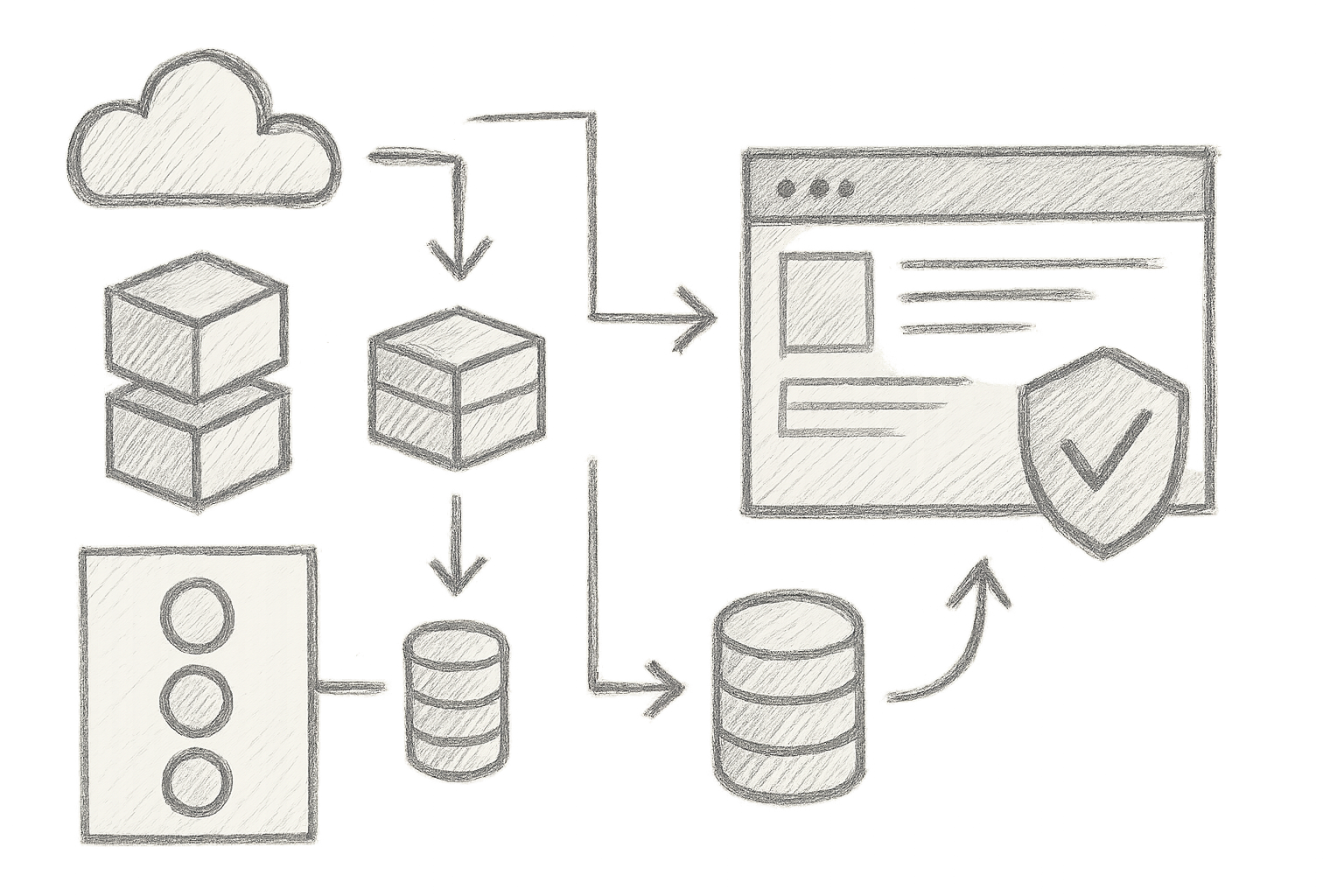
6. Comparative Analysis: Detection Accuracy, Scanning Scope, Integration, and Ease of Use
| Feature | Trivy | OSV-Scanner | w3af |
|---|---|---|---|
| Vulnerability Scope | Containers, OS packages, IaC, deps | Language-specific dependencies | Web application vulnerabilities |
| Detection Accuracy | Good, occasional false positives | Excellent for dependencies | Comprehensive for web attacks |
| CI/CD Integration | Easy CLI, Docker, K8s admission | CLI, GitHub Actions integration | CLI and API, slow for CI pipelines |
| Performance | Fast (seconds to minutes) | Fast for dependencies | Slow (minutes to hours) |
| Output & Remediation | CVE IDs, severity, fix commits | Detailed metadata, fix commits | Detailed vuln descriptions, exploit info |
| Community & Support | Large OSS, active community | Google-backed, evolving | Mature but niche, smaller community |
7. "Aha Moment": Reframing Vulnerability Management Strategy with Targeted Tooling
Here’s your “cliffhanger”: expecting one scanner to cover all bases is a fool’s errand. One size fits none—and ignoring that is the fastest path to a post-incident root cause nightmare. What I’ve learned? Combine tools strategically: employ Trivy to handle container images and IaC scans early in your build pipeline; tack on OSV-Scanner to dive deep into multi-language dependencies; and reserve w3af for thorough, scheduled web application audits. This layered approach slashes alert noise, sharpens team focus, and keeps your sanity intact.
Automate wisely: set thresholds to kill alert fatigue and schedule w3af’s noisier scans off-peak, armed with hand-crafted reports. Your on-call future self will nod appreciatively.
8. Forward-Looking Innovation: AI-Powered Scanners, SBOM Integration, and Cloud-Native Approaches
Imagine scanners that learn what exploits actually get weaponised, focusing your attention where it counts—AI-infused tools already inch toward this dream. Integration of Software Bill of Materials (SBOMs) lets you track every vulnerable component precisely. Add to that cloud-native runtime scanning and Kubernetes admission controllers enforcing policies in real time. The future? Tooling evolving beyond clunky CLI apps into seamless, intelligent security platforms. For a sneak peek at this brave new world, check out Automated Security Configuration Management: Battle-Tested Comparison of Ansible Hardening, ClamAV, and BLUESPAWN for Real-World DevOps.
9. Conclusion: Choosing Your Scanning Champions – Practical Next Steps
Pick Trivy for fast, broad container and IaC coverage. Layer on OSV-Scanner for deep-dive dependency CVE insight. Deploy w3af for tactical, in-depth web app audits. Start with simple CLI integrations, tune alert thresholds meticulously, and grow into orchestrated multi-tool pipelines.
Here’s a practical GitHub Actions snippet to get you started:
# GitHub Actions snippet
jobs:
scan:
runs-on: ubuntu-latest
steps:
- uses: actions/checkout@v3
- name: Trivy Container Scan
run: trivy image alpine:3.17
- name: OSV Dependency Scan
run: osv-scanner -path ./ -o json > osv_results.json
- name: Upload Scan Results
uses: actions/upload-artifact@v3
with:
name: scan-results
path: |
trivy-report.json
osv_results.json
Next Steps:
- Integrate Trivy into your existing CI pipeline for container and IaC checks.
- Add OSV-Scanner to catch deep dependency vulnerabilities across languages.
- Schedule w3af audits during low-traffic windows with scripted result processing.
- Implement alert throttling and triage workflows to reduce noise.
- Stay tuned for AI-powered advancements and adopt SBOM practices to sharpen your arsenal.
A hardened DevOps pro knows: specialise or perish. The right scanner for the right job saves you from downtime, burnout, and reputation damage. Ditch the “jack-of-all-trades” fantasy and embrace a layered, focused defence. Your future on-call self will thank you—but don’t say I didn’t warn you when the alerts flood in.
References
- Trivy Official Documentation
- OSV-Scanner GitHub Repo
- w3af Project Page
- etcd v3.4.38 Trivy False Positive Issue
- OWASP Dependency-Check vs OSV-Scanner Performance Study (PDF)
- Modern Vulnerability Scanning Solutions Uncovered: Nuclei vs OpenVAS Enterprise Battle-Tested Comparison for DevOps Teams
- Automated Security Configuration Management: Battle-Tested Comparison of Ansible Hardening, ClamAV, and BLUESPAWN for Real-World DevOps
If you want your pipeline secure without the noise, stop chasing mythical all-in-one scanners and build your fortress with smart, layered tools.

